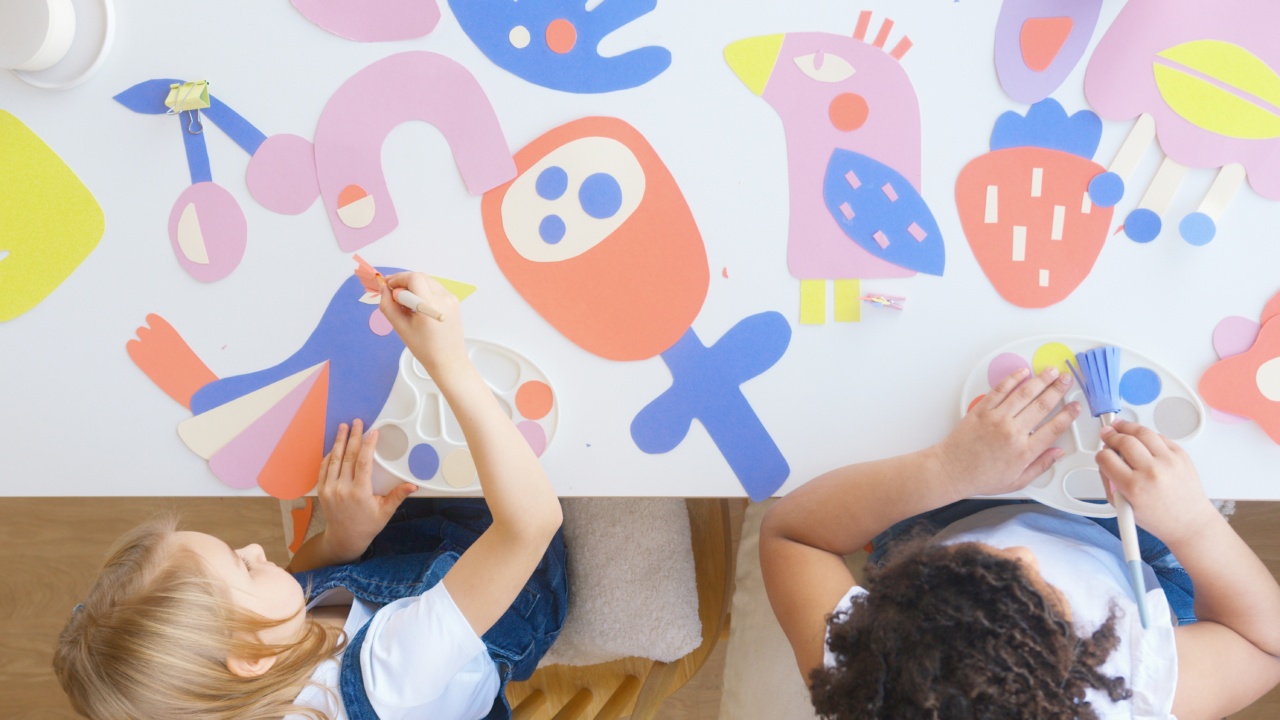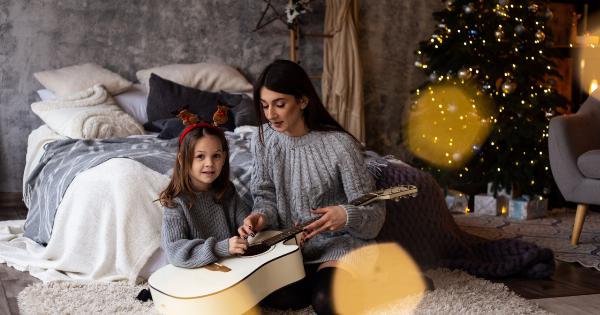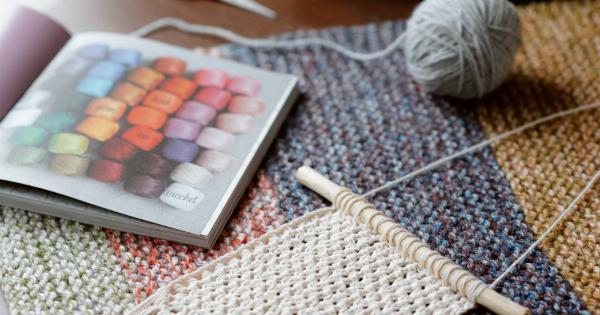Decorating your child’s room can be a fun and exciting experience. It’s a chance to create a special space that reflects their personality and interests while also providing a comfortable and safe environment for them to grow and learn.
One of the most important factors to consider when decorating your child’s room is the use of color.
The Importance of Color in Child Development
From the moment they are born, children are influenced by the colors around them. Color plays a crucial role in how we perceive the world, and it can have a profound effect on our mood, emotions, and behavior.
For children, colorful surroundings can help stimulate their imagination, promote creativity, improve their cognitive skills, and foster a sense of curiosity and exploration.
In fact, according to a study published in the journal Early Child Development and Care, children’s early experiences with color can have a significant impact on their later academic and emotional development.
The study found that children who were exposed to colorful environments during their early years were more likely to have higher levels of achievement in reading and math and fewer behavioral issues.
Choosing the Right Colors
When it comes to decorating your child’s room, there are certain colors that are better suited to promoting learning and development than others. Here are some of the best colors to consider:.
Blue
Blue is a calming and soothing color that has been shown to help reduce anxiety and promote relaxation. It’s also associated with intelligence and productivity, making it an ideal choice for a study or homework area.
Light blue is particularly effective in promoting a sense of calm and serenity, while darker blues can add depth and sophistication to a room.
Green
Green is another calming color that is associated with nature, growth, and renewal. It can help reduce stress and increase focus, making it a great choice for a reading nook or play area.
Bright greens can be invigorating and energizing, while softer shades can create a sense of tranquility and balance.
Yellow
Yellow is a cheerful and uplifting color that can promote optimism, creativity, and confidence. It’s also associated with improved memory and concentration, making it a good choice for a workspace or study area.
Too much yellow, however, can be overwhelming, so it’s best to use it in moderation or in combination with other colors.
Red
Red is a bold and energetic color that can stimulate the senses and increase excitement and passion. It’s best used as an accent color rather than a dominant one, as too much red can be overwhelming.
Red is also associated with appetite and food, making it a good choice for a dining or kitchen area.
Orange
Orange is a warm and inviting color that can promote enthusiasm, creativity, and sociability. It’s a great choice for a play area or a space where your child can express themselves through art or music.
Like red, orange is also associated with appetite and food, making it a good choice for a kitchen or dining area.
Combining Colors to Create the Right Mood
While individual colors can have a powerful impact on your child’s mood and behavior, combining them can create an even more effective environment for learning and development. Here are some color combinations to consider:.
Blue and Green
Combining blue and green can create a sense of calm and tranquility while also promoting focus and productivity. This makes it an ideal color combination for a work or study area.
Yellow and Orange
Yellow and orange are both energetic and cheerful colors that can promote creativity and sociability. This combination is perfect for a play or art area, where your child can express themselves freely and explore their imagination.
Red and Purple
Red and purple are both bold and stimulating colors that can inspire passion and creativity. This color combination is best suited to a space where your child can explore their artistic talents, such as a craft or painting area.
Additional Tips for Decorating Your Child’s Room
In addition to color, there are other factors to consider when decorating your child’s room to encourage learning and development. Here are some additional tips:.
Include Plenty of Storage
A cluttered room can be distracting and overwhelming for children. Make sure to include plenty of storage options, such as bookshelves, bins, and drawers, to help your child stay organized and focused.
Add Personal Touches
Include personal touches that reflect your child’s personality and interests, such as their favorite artwork, books, or toys. This can help create a sense of ownership and pride in their space.
Create a Comfortable Environment
Make sure your child’s room is comfortable and inviting with soft bedding, cozy rugs, and comfortable seating. This can help create a sense of relaxation and calm that is conducive to learning and creativity.
Conclusion
Decorating your child’s room with the right colors can have a powerful impact on their learning, development, and overall well-being.
By choosing colors that promote calm, focus, and creativity, you can help create a space that fosters curiosity, exploration, and fun.






























